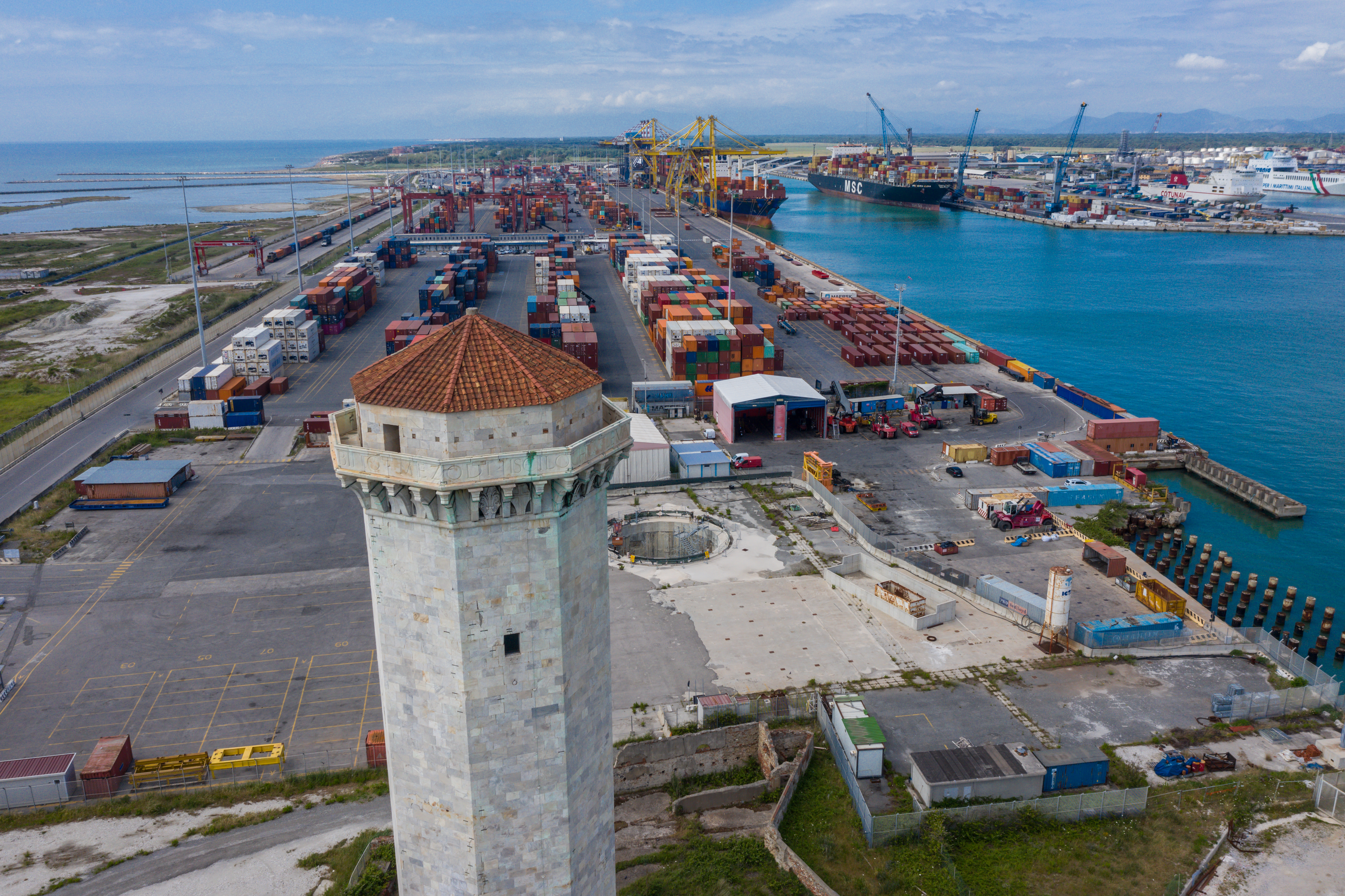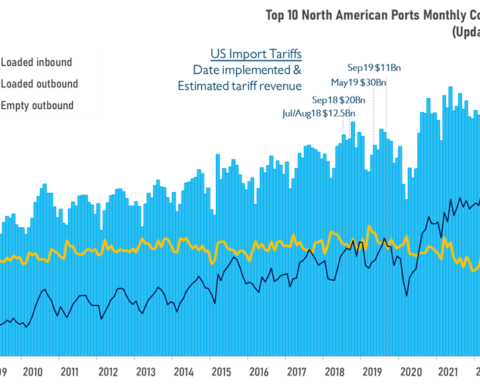Passenger traffic, new cars and forest products are growing steadily and goods tonnage is holding up, despite the serious economic crisis brought about by the Russian-Ukrainian conflict.
The numbers recorded in the year just ended confirm the North Tyrrhenian Port Network’s resilience. Thanks to the good performance in Piombino and the Elban ports (Portoferraio, Rio Marina and Cavo) it is looking to 2023 with renewed energy.

The data on passenger traffic certify better than others that the ports under the Port Network Authority’s jurisdiction have substantially left the two-year pandemic crisis behind them. The total volumes handled show a 20.5% increase compared to 2021, close to 10 million units, including 2,811,322 ferry passengers in the port of Livorno alone (+26.3%).
A triple-digit growth for the cruise market, which closed 2022 with +691% more than the previous year, with 468 thousand passengers, 437 thousand of which in Livorno port alone (+676.9%). Ferry traffic is also on the rise, with 9 million passengers and year-on-year growth of 15.5%.
The figures show the goods traffic sector is substantially stable. Overall, it closed 2022 with 39,118,620 tonnes (around 32 million in the port of Livorno) and a 5.3% downturn on the previous year.
More specifically, liquid bulk was down 13.5% on the previous year, at 6,409,230 tonnes of cargo. Dry bulk also fell, by 11.8% on 2021, to 1,859,502 tonnes.
Ro-Ro traffic held steady, ending the year with -3.4% on 2021, a throughput of 649,963 units, 480,873 of which in Livorno (-5.7%).
Container traffic also fell slightly. Over the past 12 months, a total of 751,872 boxes were handled, 751,811 of which were exported/imported at the port of Livorno alone.
Although the overall throughput was down 5%, if we analyze the number of containers being handled, excluding transhipment, the results are encouraging.
Between January and December 469,288 full containers were handled on Livorno’s quays, 35,529 more than the previous year (+8.2%); 173,442 empty containers (+13.2% on an annual basis). Without considering transhipment operations, the number of movements from/to the hinterland increased by 9.5% overall.
The figures for 2022 also show a slight recovery in new car traffic: 491,159 vehicles were handled in Livorno, 5.1% more than the 463,338 vehicles handled the previous year. Double-digit growth for forest products, with a new record for goods imported /exported in Livorno port, confirming the positive growth trend despite the pandemic crisis. This traffic segment closed the year with a 19.2% increase over 2021, to 2,131,105 tonnes of goods.
The analysis by port also highlights the slight improvement in traffic in Piombino, which closed the year with 4,277,748 tonnes of goods and +1.2% year-on-year. This is an important figure considering the difficult situation its major industries are currently in.
There was a slight increase in all the main traffic indicators, beginning with ro-ro traffic, which totaled 85,114 units (+3.6%), and ferry passengers, which was up by 10.8% to 3,167,093 units. Cruise traffic is also improving: 14,514 passengers transited along the port’s quays in 2022, an increase of 736.1% over the previous year. Private vehicle traffic also did well (+5.2%).
As far as the Elban ports of Portoferraio, Rio Marina and Cavo are concerned, 2022 closed with 2,931,383 tonnes of goods, up 7.7% on 2021.
A total of 83,976 vehicles were handled, 41,195 of which were unloaded and 42,781 loaded, with a year-on-year growth of 3.9%.
Passenger traffic was up 11.5% compared to 2021, to 3,025,076 units, while cruise ships registered a 660% increase to 15,679 units.
“The numbers recorded in 2022 fully reflect the consequences of the current and previous phases,” commented Port Network Authority president, Luciano Guerrieri. “Over the last few years, our Network ports have had to deal with an unprecedented humanitarian crisis and today they have to face a difficult all-round economic situation, characterized by rising energy and transport costs and the uncertainties of a scenario with a high inflation rate,” he added.
“The redefinition of global value chains, the shortening of the supply chain, and the gradual shift of production to the Old Continent or other areas, could open up new development opportunities for those ports that know how to adapt to these new dynamics. This is why we will work with even greater conviction to make our port network more attractive, focusing not only on improving the infrastructure we provide but also on developing the Simplified Logistic Zone and intermodal link axes.
Translation by Giles Foster




